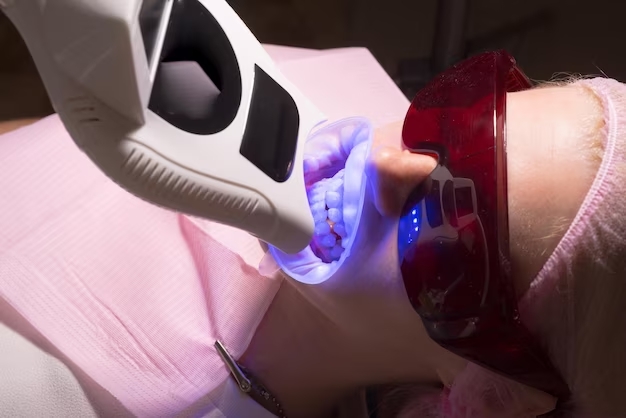Say goodbye to the days of clunky film and uncomfortable bite wings! Dental digital X-rays have revolutionized the world of dentistry, providing faster, more accurate results while minimizing radiation exposure. With technology continuing to advance at a rapid pace, it’s clear that dental digital X-rays are not only here to stay but will continue to shape the future of oral healthcare. So why are they such a game-changer? Read on as we delve into all the benefits and advantages of these modern marvels in our blog post “Why Dental Digital X-rays are the Future of Dentistry.”
What Are Dental Digital X-rays?
Digital X-rays are a new type of dental imaging that use computer technology to create images of the dentition. They provide more accurate and detailed images than traditional X-rays, which means that dentists can see more information about a patient’s teeth and gums. Digital X-rays also have several other benefits over traditional X-rays, such as the ability to take pictures of multiple angles at the same time, making it easier to diagnose problems with teeth and jaws.
Digital X-rays are currently being used in many dental offices around the world, and they are expected to become even more popular in the future. They offer many advantages over traditional X-rays, including greater accuracy and detail, faster processing times, and the ability to take pictures of multiple angles at the same time. Dental digital X-rays are also cheaper than traditional X-rays, making them a good option for patients who want high-quality images without spending a lot of money.
The Benefits Of Dental Digital X-rays
Dental digital X-rays are a newer form of dental imaging that provide clearer images than traditional X-rays. Digital X-rays use a computer to create an image, which is then stored on a memory card or disk. This technology can be used to capture images of teeth in any position and at any angle, making it the perfect tool for diagnostic purposes.
Besides providing clearer images, dental digital X-rays are also more efficient and faster than traditional X-rays. This means that they can be used more frequently to make diagnoses and provide treatment plans. Additionally, digital X-rays can be read by either a radiologist or dentist, so there is no need for two different people to interpret the same image.
In addition to its benefits as a diagnostic tool, dental digital X-ray technology has several other advantages over traditional X-rays. For example, they do not produce radiation damage like older forms of X-ray imaging do, and they cannot be damaged by water like traditional film X-rays can. As a result, dental digital X-ray imaging is often preferred in areas where exposure to radiation is prohibited or inconvenient (such as during travel).
Dental digital X-ray technology offers many advantages over traditional X-ray imaging techniques that make it the future of dentistry.
Why Use Dental Digital X-rays?
Dental digital X-rays are becoming increasingly popular in modern dentistry for a variety of reasons.
- The technology is highly efficient, yielding accurate images with minimal radiation exposure.
- It also allows for quick and easy radiographic examination, making it ideal for busy clinics.
- Additionally, dental digital X-rays can be processed quickly and easily on computers, freeing up exam tables for other patients.
- They are relatively affordable compared to traditional X-rays.
Dental digital X-rays offer many advantages over traditional X-rays that make them the perfect choice for dentists today.
The Bottom Line
Digital X-rays have revolutionized dental care by providing images of patients’ teeth in near real-time. These scans are much more accurate and allow dentists to see problems earlier, which can save time and money.

